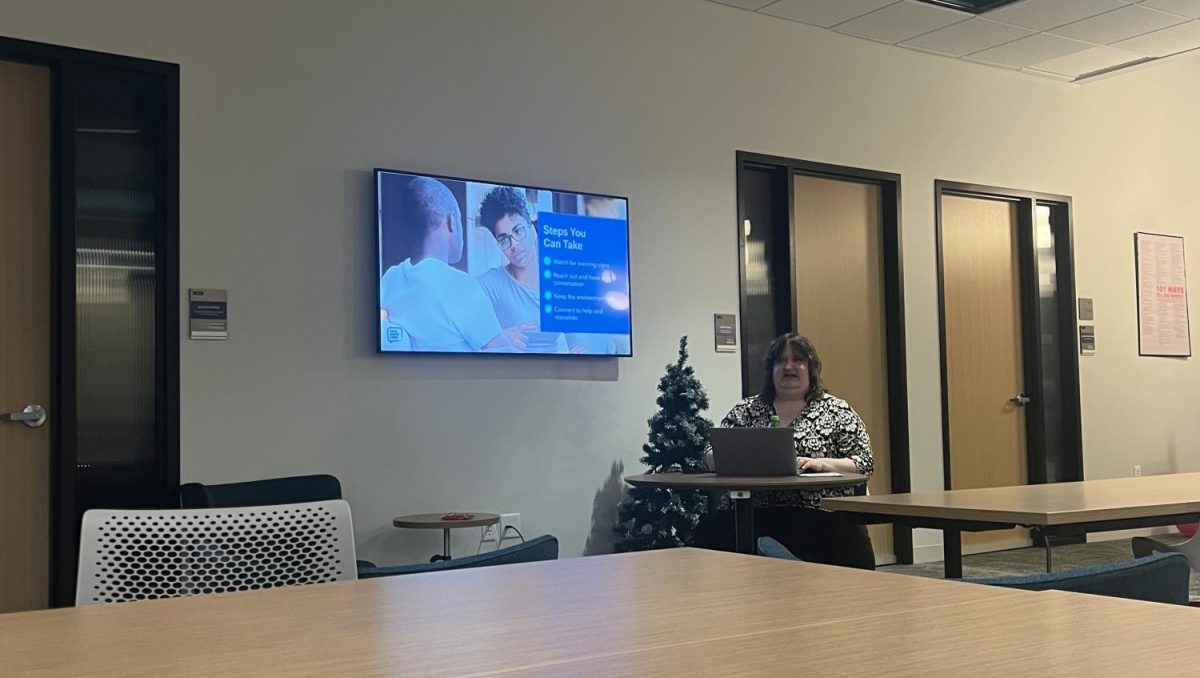The rapidly increasing cost of brand-name prescription drugs and record low prices for their generic alternatives over the past few years especially have created some concern around the multibillion dollar pharmaceutical industry.
Express Scripts, a pharmaceutical benefits management company, released a report last week that said the cost for brand-name prescription medicine is increasing faster than the rate of inflation. Generic drug prices, however, are at an all-time low, creating the largest divergence ever between the two.
The report analyzed an index of commonly prescribed drugs and found that the price of brand-name drugs increased 13 percent from last year.
The prices of cheaper, generic alternatives dropped by 22 percent.
Jason Doctor, an associate professor of clinical pharmacy and pharmaceutical economics and policy at the University of Southern California, said there are a number of factors contributing to high prices for brand-name drugs.
“Pharmaceutical companies are assertive in creating product demand through direct-to-consumer marketing,” Doctor said.
Doctor said once patients begin taking branded drugs, they resist switching to generic drugs due to psychological reasons.
“There is an inertia to switching; it requires extra effort,” Doctor said. “There is also a bias to stick with whatever your physician first prescribed. This may be perceived as the norm and best course of action, even when there are equally effective and cheaper alternatives.”
Doctor said drugs like Lipitor have a devout following despite many alternatives.
“Here, the pharmaceutical company strategy is interesting: Companies selling branded drugs will often at first lower their prices when they face generic competition to keep market share, then gradually raise prices knowing that it is unlikely consumers will switch from their ‘default’ option, which is the branded drug,” Doctor said.
Doctor said generic drugs often face more competition than branded drugs, which then keeps prices closer to the value of the drug.
He said generics are safe as long as they are produced to the same standard as their brand-name alternatives, and added that as long as the drug molecule is the same, the generic medication provides the same benefits as brand-name drugs.
“Even though branded drug prices are rising, it should be noted that there is a relationship between the success of branded drugs and the return on pharmaceutical innovation,” Doctor said. “That is, branded drug success helps fund research and development of new drugs. So while prices are rising, this could translate into more drug innovations in the future.”
Joel W. Hay, a professor of pharmaceutical economics and policy at the University of Southern California, said that the price discrepancy is more political than anything.
“’Obamacare’ requires the brands to contribute about $100 billion in free drugs to the Medicare Part-D program, and they want to get that money back,” Hay said in an email.
Hay said generic prices have been rising as generic shortages and quality programs have emerged.
“As a group, the generic price rise is small because many new blockbuster generics have been released recently, and as these patent expirations attract more and more generic competitors, the price for these blockbuster generics actually falls,” Hay said.
Josephine Martin, the executive vice president of the Pharmaceutical Research and Manufacturers of America, said in a Nov. 30 press release that spending on medicine has grown at low rates in recent years.
“Spending on prescription medicines increased an average of just 3.3 percent, and by 0.5 percent when taking overall inflation and population growth into account,” Martin said.
Martin said as new innovative medicines are released in the market, generic copies are released that patients use at a low cost for many years.
“Without the development of new medicines by innovator companies, there would be neither the new treatments essential to progress against diseases nor generic copies,” Martin said.
“Importantly, despite their small share of health costs – relative to other health services – medicines are yielding major health advances,” Martin said. “For instance, new prescription medicines have played a key role in the dramatic declines in death rates resulting from cancer, heart disease and HIV/AIDS in recent years. Our companies’ continued commitment to innovation is the driving force behind such medical progress.”







